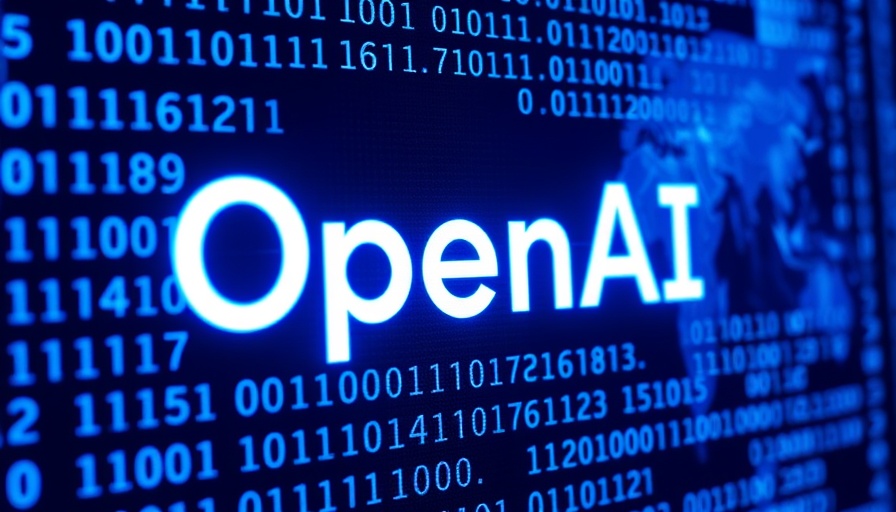
Can Multimodal Vision Boost Document Understanding?
As the world of artificial intelligence rapidly evolves, the way we manage and process information must evolve too. Retrieval-Augmented Generation (RAG) systems, which enhance traditional language models with external knowledge, have proven effective, yet they struggle with complex document structures. The shortcomings of text-based chunking—like losing context or coherence across multiple pages—highlight a growing need for innovative solutions.
Introducing Vision-Guided Chunking
A new, promising strategy called Vision-Guided Chunking uses Large Multimodal Models (LMMs). Unlike earlier methods that treated documents as isolated text pieces, this approach enables simultaneous processing of PDF documents in page batches. These batches preserve the document's structural integrity and semantic flow, effectively addressing the problem of complex layouts, embedded figures, and extensive tables. Such advancements usher in a transformative capability for RAG systems, promising to heighten their efficiency significantly.
Transforming AI with Multimodal Insights
Historically, AI document processing has involved various chunking strategies each with its own limitations. Semantic, fixed-size, and paragraph-based chunking have made strides but often intersect poorly with the reality of documents rich in visual context. Today’s LEARN AI systems that incorporate advanced technologies—like vision transformers and pre-trained models—stand poised to evolve document processing by weaving together visual and textual elements.
Challenges and Future Directions
Despite these advancements, challenges persist, particularly with complex table structures spanning pages. The industry is poised for a major shift where optimizing the representation of information in systems becomes critical. By embracing human-like vision processing, the world of document handling in AI can transcend mere text analysis to a more comprehensive understanding that mirrors human capability.
What This Means for Future Innovations
The implications of this new approach for industries around the globe are monumental. Envision a future where AI can answer questions from dense legal documents or dissect complicated academic papers with human-like acuity. Armed with tools from the realm of AI education for beginners and resources dedicated to understanding advanced machine learning concepts, developers can usher in more sophisticated applications.
Moving forward, the marriage of visual and text-based AI tools will be paramount in enhancing diverse fields. They're expected to revolutionize areas ranging from education to business analytics, making knowledge retrieval faster and more accurate. The potential to enrich user experiences, save time, and streamline workflows becomes clearer as we embrace these advances.
 Add Row
Add Row  Add
Add 




Write A Comment